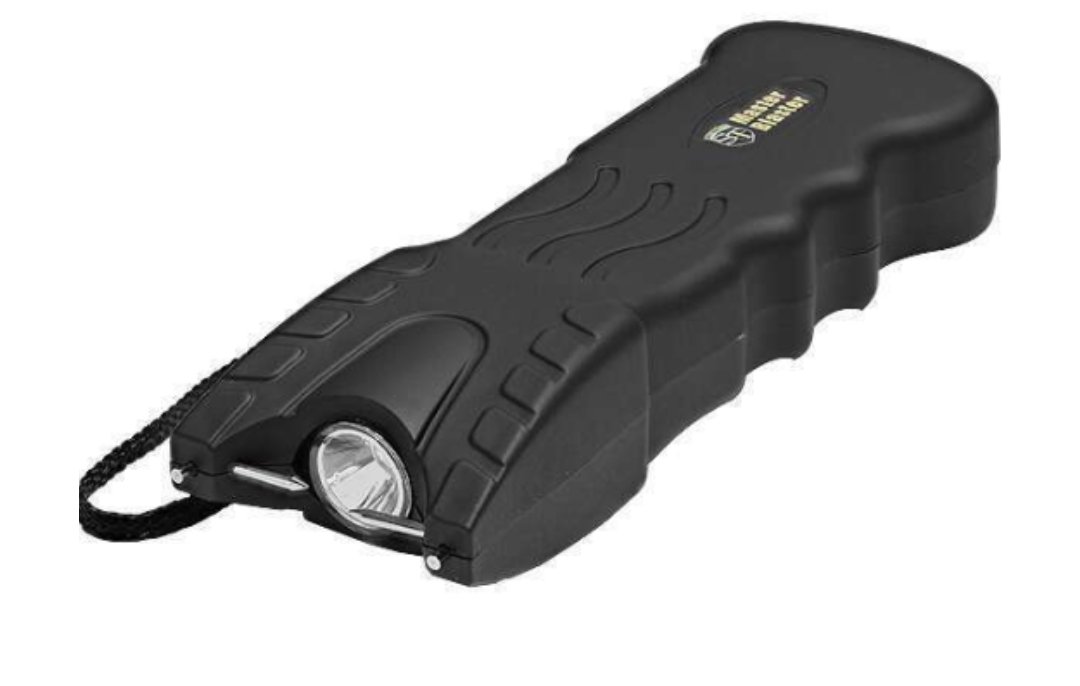As a seasoned self-defense instructor with a deep understanding of personal safety, I’ve dedicated countless hours to researching and teaching effective self-defense techniques. Stun guns, when used correctly, can be a valuable tool in your arsenal. This guide will equip you with the knowledge and confidence to use a stun gun responsibly and effectively.
Key Highlights
- Stun guns are non-lethal self-defense devices that can incapacitate an attacker temporarily through an electric shock.
- When choosing a stun gun, consider size, voltage, features, and legality in your area.
- Stun guns are not a foolproof solution and physical confrontation should always be a last resort.
Understanding Stun Guns
Before delving into usage, it’s crucial to understand what stun guns are and how they work. A stun gun is a non-lethal self-defense device that incapacitates an attacker temporarily through an electric shock. When considering stun guns for personal protection, it’s important to note that while they can be effective deterrents, they are not foolproof, and physical confrontation should always be a last resort. For those interested in purchasing, exploring different stun guns and their features can help you find the best option to suit your needs.
Choosing the Right Stun Gun
Not all stun guns are created equal. Factors such as size, voltage, and features can influence their effectiveness. Consider the following when choosing a stun gun:
- Size and Portability: Opt for a stun gun that’s convenient to carry and fits your lifestyle.
- Voltage: Higher voltage typically results in a more potent shock, but it’s essential to balance power with legality.
- Features: Some stun guns come with additional features like flashlights or alarms, which can enhance safety.
- Legality: Laws regarding stun gun ownership and use vary by state. Ensure your chosen stun gun is legal in your jurisdiction.
Proper Stun Gun Usage
Using a stun gun effectively requires practice and knowledge. Here’s a step-by-step guide:
- Familiarize Yourself: Before carrying a stun gun, thoroughly understand its operation. Practice activating and deactivating it to build muscle memory.
- Maintain Your Stun Gun: Regularly check the battery life and replace it when necessary. Store your stun gun in a safe, dry place.
- Target Area: Aim for large muscle groups like the chest, abdomen, or thighs. These areas have a higher concentration of nerve endings, maximizing the stun gun’s impact.
- Distance: Most stun guns require close proximity to be effective. Maintain a safe distance from the attacker until necessary.
- Activation: When ready to use the stun gun, firmly press the activation button and maintain contact with the target for several seconds.
- Escape: Once the attacker is incapacitated, immediately flee the scene and call the authorities.
Safety Precautions
- Practice Responsibly: Never point a stun gun at anyone unless you intend to use it.
- Legal Considerations: Familiarize yourself with your state’s laws regarding stun gun use and carry.
- Personal Safety: While stun guns can be effective deterrents, they are not guaranteed to stop an attacker. Always prioritize personal safety and consider taking self-defense classes.
Common Stun Gun Myths
There are many misconceptions about stun guns. Let’s debunk some common myths:
- Myth 1: Stun Guns Cause Permanent Harm: This is false. Stun guns deliver a high-voltage, low-amperage shock that causes temporary incapacitation but no lasting damage.
- Myth 2: Stun Guns Are Only Effective Against Men: Stun guns can be effective against both men and women. The impact depends on factors like body mass and the target area.
- Myth 3: Stun Guns Are a Replacement for Firearms: Stun guns are non-lethal self-defense tools. They should not be considered a substitute for firearms.
Additional Tips for Self-Defense
While stun guns can be a valuable self defense tool, they are just one aspect of personal safety. Consider the following additional tips:
- Situational Awareness: Be aware of your surroundings and trust your instincts.
- Avoid Isolated Areas: When possible, avoid walking alone in dimly lit or secluded areas.
- Personal Safety Alarms: Consider carrying a personal safety alarm to deter attackers.
- Self-Defense Classes: Taking self-defense classes can provide you with valuable skills and boost your confidence.
Conclusion
Stun guns can be a powerful tool for self-defense when used correctly and responsibly. By understanding their limitations and following the guidelines outlined in this article, you can increase your chances of protecting yourself in a dangerous situation. Remember, prevention is key. Prioritize personal safety and take steps to minimize your risk of becoming a victim.
Disclaimer: This article is intended for informational purposes only and does not constitute legal or professional advice. Always consult local laws and regulations regarding stun gun ownership and use.
